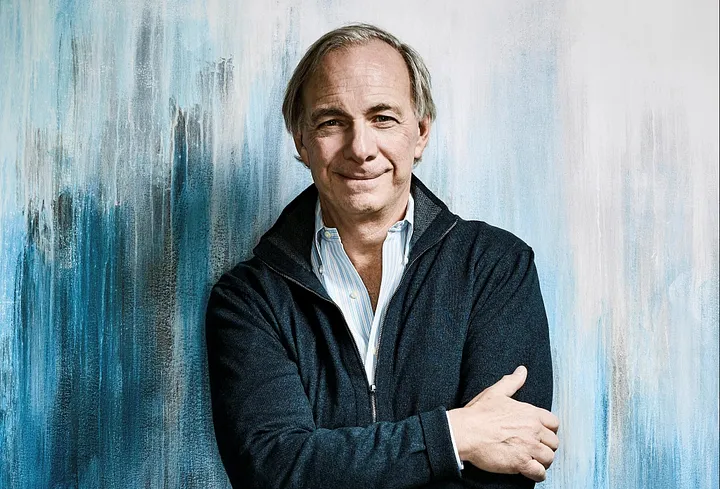In 2025, identifying the 5 best assets to invest in 2025 is more essential than ever. With global inflation, rising debt cycles, and geopolitical fragmentation, investors must go beyond traditional portfolios to protect and grow their capital. The 5 best assets to invest in 2025 will not only offer growth – but also resilience and long-term wealth preservation.
This guide highlights five asset classes aligned with macroeconomic trends and structural shifts to help you invest wisely this year.
1. Real Assets: The Backbone of Resilience
Real assets – such as real estate, infrastructure, and agricultural land – offer intrinsic value that isn’t easily eroded by inflation or policy changes. In today’s environment, where governments are printing money and debt burdens are high, real assets act as financial anchors.
Why They Matter:
- Scarcity and usefulness: Real estate, farmland, and timber provide utility and generate cash flow.
- Inflation hedge: These assets often appreciate during inflationary cycles, as demonstrated in post-COVID global trends (OECD, 2024).
- Stability: Less susceptible to market volatility compared to equities or bonds.
“Real assets are no longer optional -they’re foundational to portfolio resilience in 2025.” – Ray Dalio, Bridgewater Associates
2. Gold & Commodities: Strategic Reserves in Unstable Times
In 2024–2025, central banks have continued accumulating gold at historic levels (World Gold Council, 2025). This trend reflects growing distrust in fiat currencies and the desire for assets that transcend politics. Alongside gold, commodities such as oil, copper, and lithium are surging in value due to supply-chain constraints and geopolitical fragmentation.
Key Benefits:
- Safe-haven status: Gold retains value when trust in currencies fades.
- Industrial demand: Lithium and copper are critical for EVs and AI infrastructure.
- Sovereignty factor: Nations increasingly view commodities as levers of economic power.
In 2025, commodities aren’t just economic tools -they’re geopolitical chess pieces.
3. Emerging Markets & Frontier Economies
According to the IMF (2024), emerging markets are poised for faster growth than developed nations, with some expected to outpace Western economies by over 4% annually. These regions also lead innovation in fields like mobile banking, renewable energy, and AI implementation.
Why Invest:
- Faster economic expansion: Southeast Asia, Africa, and parts of Latin America offer untapped potential.
- Technological leapfrogging: Developing nations are solving real-world problems with agile innovation.
- Currency diversification: Reduces dependence on USD and EUR performance.
Investing in emerging markets is your hedge against stagnation in legacy economies.
4. Private Markets & Early-Stage Ventures
Private markets – including startups, venture capital, and private equity – are becoming essential for investors aiming to tap into entrepreneurial upside. While these markets are illiquid, they provide exposure to sectors before public hype begins.
Why It’s a Must in 2025:
- Access to innovation: AI, biotech, and climate tech are booming privately.
- Lower correlation: Private market performance doesn’t always move with public markets.
- Long-term upside: Historically, early-stage investment delivers outsized returns (PitchBook, 2024).
“The biggest risk now is not taking any risk at all.” – Howard Marks, Oaktree Capital
5. Diversified Currency & Geopolitical Hedging
In a deglobalized and asynchronous world, being invested in a single currency or region is a recipe for fragility. Investing across currencies (CHF, SGD, INR) and geographies strengthens your portfolio’s adaptability.
Strategic Advantages:
- Currency resilience: Reduces inflation impact from any single country.
- Local boom capture: Markets rise and fall asynchronously – be present where growth happens.
- Policy insulation: Avoid overexposure to mismanaged economies.
A geographically and monetarily diversified portfolio is the new gold standard for wealth preservation.
People Also Ask
What are the safest assets to invest in 2025?
Assets like real estate, gold, and infrastructure projects are among the safest due to their intrinsic value and resistance to inflation.
Is it better to invest in emerging markets in 2025?
Yes. Emerging markets are expected to outperform developed ones thanks to faster innovation and lower debt burdens, according to the IMF and McKinsey Global Institute.
How can I hedge against inflation in 2025?
Invest in real assets, commodities, and foreign currencies. These protect purchasing power when traditional financial instruments falter.
Why are bonds less attractive in 2025?
Bonds offer poor real returns due to persistent inflation and rising interest rates, making them less effective for long-term wealth building.
Conclusion: Think Like a Structural Investor
2025 demands a shift in mindset. Gone are the days when simple diversification or bond-heavy portfolios sufficed. To build and sustain long-term wealth, investors must embrace structural shifts:
- Favor real over nominal assets
- Diversify geographically and monetarily
- Invest early in innovation
- Hedge against systemic risk through commodities
“Wealth is built not by chasing trends but by understanding structural change and positioning accordingly.” – Lyn Alden, Investment Strategist
Now is the time to move beyond convention, think globally, and structure your portfolio around the world as it is becoming – not as it once was.
Posts of interest:
Howard Marks Investing Wisdom: Timeless Insights for 2025
Blockchain Technology: How It Works & Why It Matters


